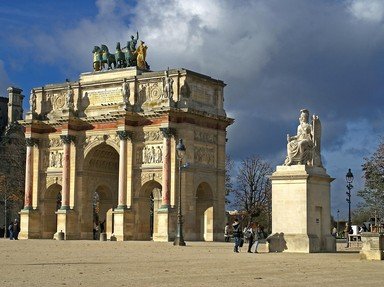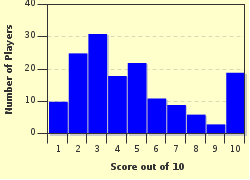Quiz Answer Key and Fun Facts
1. On the assault on the Ohain Ridge, late in the battle and before the arrival of the Prussians, Napoleon had handed over command of this phase to Marshal Ney. At around 19:30 how many Guard Battalions were committed to the assault on Wellington's centre?
2. Where were the 'Oldest of the Old', the 1st and 2nd battalion of the 1st Grenadiers (Regiment) of the Old Guard at this time?
3. Approximately how many men were in each French Imperial Guard Battalion?
4. Which element of the attack on the Anglo-Allied forces on the Ohain Ridge caused the most casualties during this phase?
5. Which units, "visibly shaken", were steadied by Wellington and his personal intervention during Donzelot's attack on the right flank?
6. As the 1st/3rd and 4th (the loss of 850 men at Ligny forced the battalions of the 4th to combine this day!) Grenadiers of the Middle Guard advanced to the ridge, they were faced by the combined battalions of the 30th, 33rd, 73rd & 69th Foot. Why were these battalions combined at Waterloo?
7. Further to the west of the Anglo-Allied line, whose unit was next to come under fire from Napoleon's elite?
8. With the French advance now beginning to fail, which Anglo-Allied unit, if any, can be credited with final act that led to the cry "La Garde Recule!"? The retreat of the French Imperial Guard.
9. Of all the Imperial Guard battalions present at Waterloo, only the 1st and 2nd Battalions of the 1st Regiment (Old Guard) of the Division of Grenadiers à Pied remained unmauled. Who commanded these units that day?
10. One of the most famous events in the tragic end of the Guard occured when one sneiot Imperial Guard Officer, when called on by the British to surrender, is reputed to have shouted "Merde! La Garde meurt, elle ne se rend pas!" Who was this?
Source: Author
ajax23
This quiz was reviewed by FunTrivia editor
bloomsby before going online.
Any errors found in FunTrivia content are routinely corrected through our feedback system.

